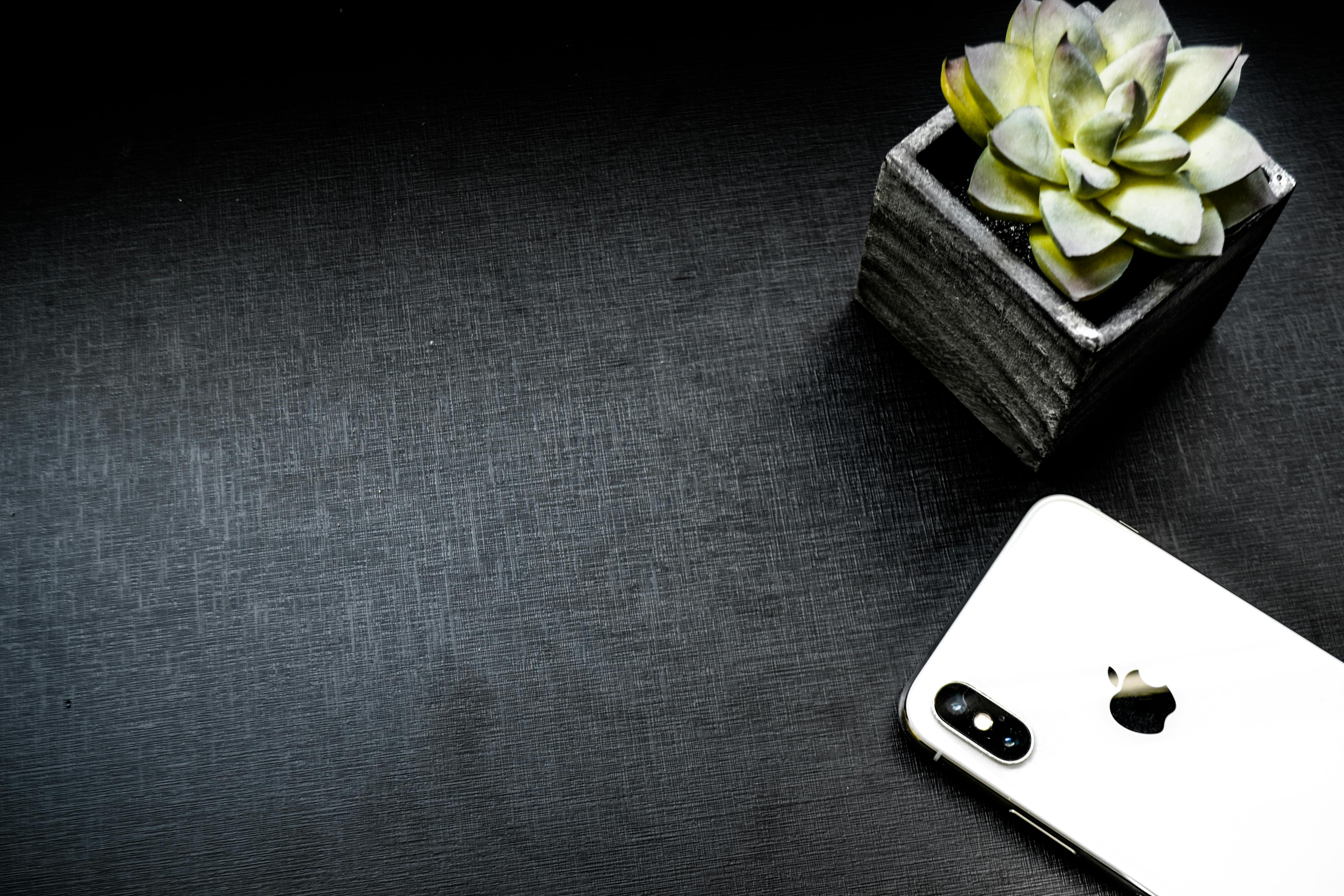Used for PCB Testing and Inspection
PCB testing and inspection are key steps in the manufacturing process. They help to identify problems before they become larger issues that lead to a higher cost of production. By conducting these tests early in the assembly process, designers can prevent the production of defective products, saving time and money.
There are many different methods used for PCB testing and inspection. Each has its own advantages and disadvantages, depending on the specific situation and desired outcome. Some of the most common include Visual Inspection, In-Circuit Test (ICT), Functional Testing, Burn-in Testing and X-ray Inspection.
Visual inspection is the simplest and least expensive method of PCB testing. It involves a technician using a magnifying glass and their naked eyes to inspect the PCB for visible defects such as solder joint welds, component orientation, missing components and board stains. This inspection is not foolproof, however, as human error and limited skill level can result in missed defects. Additionally, the ability of this test to evaluate hidden joints is limited because it can only be performed on the visible parts of the printed circuit board assembly.
A more accurate, but still relatively inexpensive, test method is in-circuit testing (ICT). ICT involves powering up individual circuitry and evaluating the results to determine whether they are functioning properly. It provides a high coverage rate and can identify problems with the layout, solder connections, or faulty circuitry. However, it requires the use of specialized equipment and is not suitable for large quantities.
Another option is flying probe testing, which uses movable probes to contact the circuit board and evaluate the results. It does not require a complicated layout and custom fixtures and is thus ideal for smaller production volumes. It is also an excellent choice for identifying opens, shorts, resistance, capacitance, inductance and diode issues.

Common Methods Used for PCB Testing and Inspection
X-ray inspection is the most expensive of all these testing options, but it offers some capabilities that other methods do not, such as assessing underside joints and detecting excess or insufficient solder. X-ray equipment can be used to inspect both 2D and 3D boards, and it is a good choice for densely populated boards with chip packages such as BGAs and CSPs.
Other popular PCB testing methods include continuity testing and environmental testing. Continuity testing ensures that the PCB’s electrical connections are intact, and it can be conducted by measuring resistance or voltage drop to detect open circuits. Environmental testing assesses the PCB’s ability to withstand various conditions such as temperature fluctuations, humidity and vibration.
Energy consumption is another key aspect of environmental consideration. PCB assembly involves multiple stages, including printing, soldering, and testing, all of which require energy. Manufacturers can reduce energy consumption by investing in energy-efficient equipment, optimizing production schedules to minimize idle time, and implementing renewable energy sources where feasible. Additionally, recycling heat generated during soldering processes can further enhance energy efficiency.


